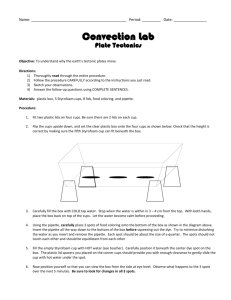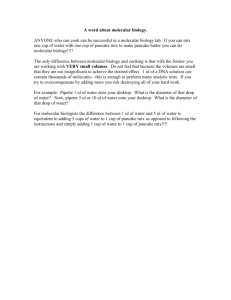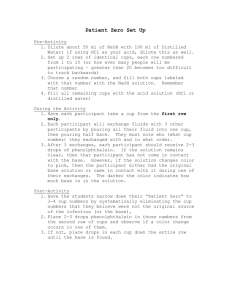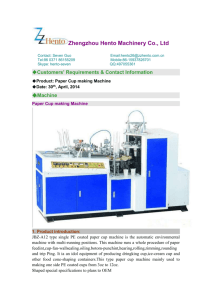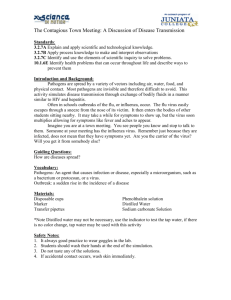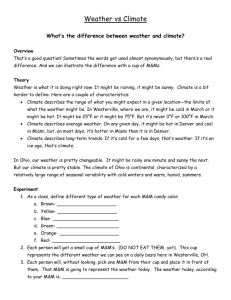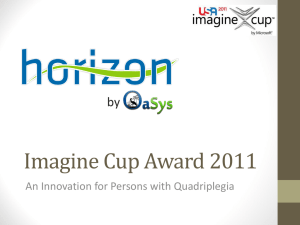Disease Transmission Simulation
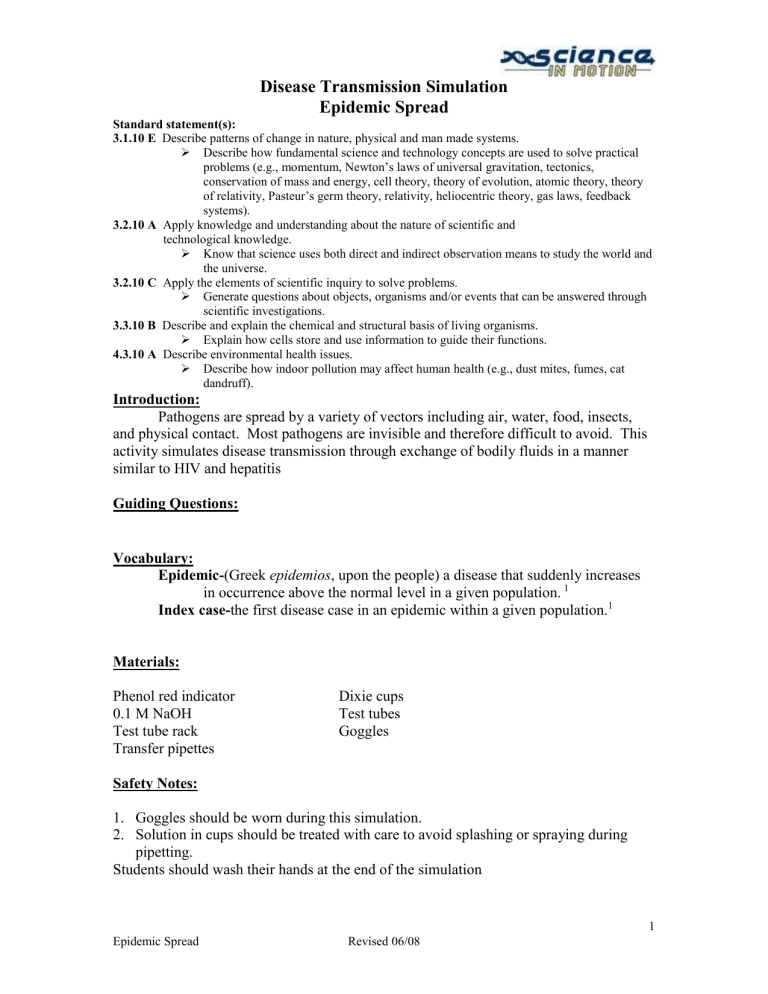
Disease Transmission Simulation
Epidemic Spread
Standard statement(s):
3.1.10 E Describe patterns of change in nature, physical and man made systems.
Describe how fundamental science and technology concepts are used to solve practical problems (e.g., momentum, Newton’s laws of universal gravitation, tectonics, conservation of mass and energy, cell theory, theory of evolution, atomic theory, theory of relativity, Pasteur’s germ theory, relativity, heliocentric theory, gas laws, feedback systems).
3.2.10 A Apply knowledge and understanding about the nature of scientific and
technological knowledge.
Know that science uses both direct and indirect observation means to study the world and the universe.
3.2.10 C Apply the elements of scientific inquiry to solve problems.
Generate questions about objects, organisms and/or events that can be answered through scientific investigations.
3.3.10 B Describe and explain the chemical and structural basis of living organisms.
Explain how cells store and use information to guide their functions.
4.3.10 A Describe environmental health issues.
Describe how indoor pollution may affect human health (e.g., dust mites, fumes, cat dandruff).
Introduction:
Pathogens are spread by a variety of vectors including air, water, food, insects, and physical contact. Most pathogens are invisible and therefore difficult to avoid. This activity simulates disease transmission through exchange of bodily fluids in a manner similar to HIV and hepatitis
Guiding Questions:
Vocabulary:
Epidemic(Greek epidemios , upon the people) a disease that suddenly increases in occurrence above the normal level in a given population.
1
Index casethe first disease case in an epidemic within a given population.
1
Materials:
Phenol red indicator
0.1
M NaOH
Test tube rack
Transfer pipettes
Safety Notes:
Dixie cups
Test tubes
Goggles
1.
Goggles should be worn during this simulation.
2.
Solution in cups should be treated with care to avoid splashing or spraying during pipetting.
Students should wash their hands at the end of the simulation
1
Epidemic Spread Revised 06/08
Science In Motion
Procedure:
Juniata College
1.
Each student should obtain a Dixie cup containing their sample, a clean test tube, and a pipette. Students should record the number on their cup in the place provided on the Student Evaluation sheet.
2.
Students should place one pipette full of their sample into their test tube. (The test tube should be labeled with the same number as the student’s sample.)
3.
Students should now select one person with which to exchange solutions or to
“communicate”. (Discourage students from exchanging only in their immediate area, as doing so may make it difficult if not impossible to reconstruct the transmission route.) To do this, each student should fill his/her pipette simultaneously and then release fluid into the other person’s Dixie cup. Students must make sure that their pipette does not touch the side of the other student’s cup. (This will help to prevent false cross-contamination.)
4.
Students should now mix the solution in the cup by swirling it or by stirring it with their pipette.
5.
Students need to record the number of the student with which they exchanged fluids/communicated on the Student Evaluation sheet.
6.
Steps 3-5 should now be repeated two more times with different individuals.
Students must keep track of all their partners and the order of contact. This is done easily using the Student Evaluation sheet for all entries.
7.
Once all exchanges have been made, the teacher should place 2 – 3 drops of the test solution into each cup. Swirl cups if needed.
8.
Infected individuals will have a bright pink color change in their cup.
9.
Original carrier (index patient) should now be determined.
2
Epidemic Spread Revised 06/08
Science In Motion Juniata College
Student Evaluation Sheet
Epidemic Spread
Student Name___________________________________Student’s Cup number _______
Data:
Partners’ numbers:
Partner # 1 _____________ (Name-optional) ___________________
Partner # 2 _____________
Partner # 3 _____________
(Name-optional) ___________________
(Name-optional) ___________________
Analysis and Conclusions:
1.
Name some of the methods of transmission by which pathogens may be spread.
2.
In this activity, which method of transmission is simulated?
3.
List some diseases that could be spread by the method of transmission stated in question #2.
4.
List a few circumstances which may inhibit investigators easily discovering the index case.
5.
What sort of social implications may inhibit the investigation of certain
(particularly STD) epidemics?
References:
1 Prescott, Harley, Klein Microbiology, 3 rd Edition, 1996, Wm. C. Brown Publishers.
3
Epidemic Spread Revised 06/08
